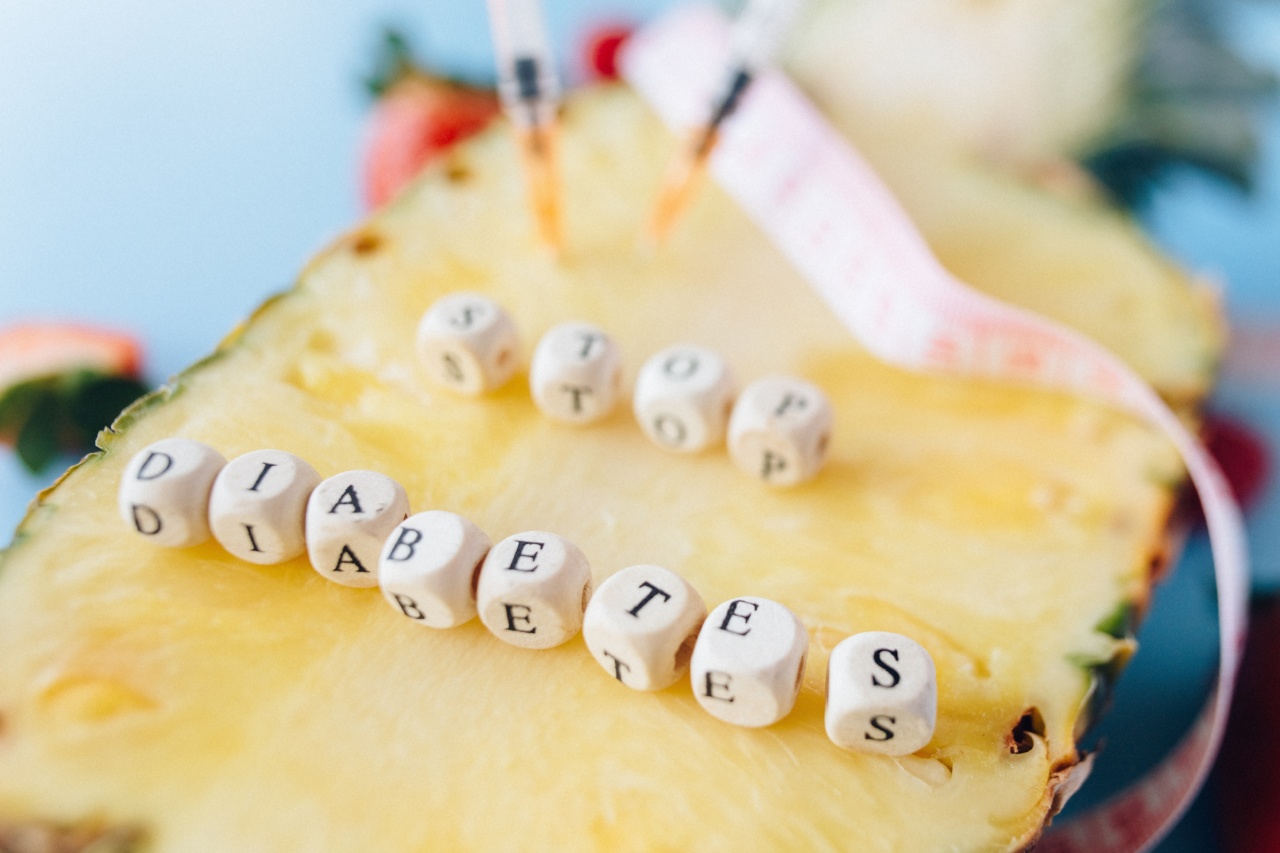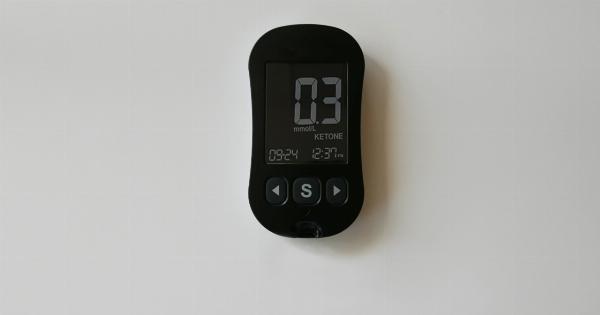High blood pressure, also known as hypertension, is a common health condition that affects millions of people worldwide. If left uncontrolled, hypertension can lead to serious complications such as heart disease, stroke, and kidney problems.
While medication is often prescribed to manage blood pressure, making dietary changes can also play a crucial role in its control.
1. Leafy Green Vegetables
Leafy green vegetables like spinach, kale, and Swiss chard are rich in potassium, which helps to lower blood pressure levels. They also contain nitrate compounds that help to relax blood vessels and improve overall blood flow.
Including a serving of leafy greens in your daily diet can be highly beneficial in managing hypertension.
2. Berries
Not only are berries delicious, but they are also packed with antioxidants and other essential compounds that can help regulate blood pressure.
Strawberries, blueberries, and raspberries are particularly rich in these nutrients and can be easily incorporated into meals or enjoyed as a healthy snack.
3. Oatmeal
Starting your day with a bowl of oatmeal can have significant benefits for blood pressure control. Oatmeal is a good source of fiber, which has been shown to lower blood pressure levels.
Opt for steel-cut or old-fashioned oats rather than processed instant varieties to maximize its health benefits.
4. Yogurt
Choosing low-fat or Greek yogurt can be an excellent addition to a blood pressure-friendly diet. Yogurt is high in calcium, which is essential for maintaining healthy blood pressure levels.
It is advisable to opt for plain varieties and add fresh fruits or a drizzle of honey for added flavor.
5. Salmon and Other Fatty Fish
Fatty fish like salmon, mackerel, and sardines are excellent sources of omega-3 fatty acids. These healthy fats have been shown to reduce inflammation and lower blood pressure levels.
Consuming fish at least twice a week can have a positive impact on blood pressure control.
6. Beetroot
Beetroot contains high levels of nitric oxide, which can help dilate blood vessels and improve blood flow, thereby reducing blood pressure.
Including beetroot in your diet, either in raw or cooked form, can be an effective natural way to manage hypertension.
7. Garlic
Garlic has long been celebrated for its numerous health benefits, including its potential to lower blood pressure. It contains a compound called allicin, which has been shown to have hypertension-lowering effects.
Incorporating garlic into your meals can add great flavor while positively impacting your blood pressure levels.
8. Seeds
Seeds such as flaxseeds, chia seeds, and sunflower seeds are rich in potassium, magnesium, and other nutrients that contribute to blood pressure control.
They can be sprinkled on top of salads, yogurt, or added to baked goods to enhance both taste and nutritional value.
9. Dark Chocolate
Yes, you read that right! Dark chocolate, specifically with a high cocoa content (70% or more), can have modest benefits for blood pressure control. The flavonoids present in dark chocolate can help dilate blood vessels and improve overall blood flow.
However, moderation is key, as chocolate is still calorie-dense.
10. Olive Oil
Switching to olive oil as your primary cooking oil can be beneficial for blood pressure management. Olive oil is rich in monounsaturated fats, which can help lower both systolic and diastolic blood pressure.
However, it is important to use olive oil in moderation due to its high calorie content.
Conclusion
While these foods can contribute to blood pressure control, it is important to note that they are most effective when combined with an overall healthy lifestyle.
This includes regular exercise, limiting sodium intake, maintaining a healthy weight, and avoiding excessive alcohol consumption. If you have hypertension, it is always advisable to consult with a healthcare professional or a registered dietitian to determine a personalized diet plan that suits your specific needs.



























